
Inventor: Sergey Zaitsev
Detecting objects with elevated temperatures compared to their surroundings and pinpointing their position relative to a device's axis is a critical challenge across various fields. Applications include thermal scopes, drone-mounted sensors, and potentially thermal systems in autonomous vehicles.
While thermal cameras are often the go-to solution, they are far from ideal—being costly, bulky, heavy, and fragile, they can be overkill for straightforward position-sensing tasks.
Since 2005, SVZ Technologies has been at the forefront of advanced semiconductor innovation. In pursuit of a smarter, leaner solution, they’ve developed an ultra-simplified analog thermal position sensor designed to meet these demands with unmatched efficiency.
This groundbreaking sensor offers:
• Minimum cost, size, weight, and power consumption
• Maximum sensitivity, robustness, and operational speed
Originally designed for firearms, the invention is patented as Bolometric Infrared Quadrant Detectors and Uses with Firearm Applications, with patent protection in the USA and Israel. It incorporates three provisional patents with 19 claims covering the microbolometer array design, optical system design, and electronics operation modes.
The sensor enhances the operator’s ability to detect targets in limited visibility conditions—such as fog, snow, heavy rain, dense foliage, and camouflaged targets. It also allows for faster and more precise aiming and shooting.
This dual-use invention extends beyond military applications, offering civilian uses like collision avoidance systems to detect wild animals or obstacles in poor visibility conditions, where headlights alone are insufficient for safe stopping.
The inventor, Dr. Sergey Zaitsev, is a seasoned scientist and engineer with over two decades of experience in the US semiconductor industry.
Partnering with All in One Inventions, he has transformed this innovative concept into a market-ready platform.
Driven by a passion for advancing technology, Dr. Zaitsev is confident in the potential of this invention to create a lasting positive impact on individuals and industries worldwide.
The patented invention is called Bolometric Infrared Quadrant Detector, officially registered under international patent law. As this is a finalized patent, the title cannot be changed.
SVZ Technologies has developed a simplified analog thermal position sensor that detects objects with elevated temperatures relative to their surroundings and determines their position in relation to a device's axis.
Key components of the Bolometric Infrared Quadrant Detector include:
• Bolometric sensor: An array of microbolometers arranged in optimized groups
• Electronics unit: Featuring group switches and signal amplifiers for seamless operation
• Optical system: Equipped with an input window, infrared lenses, and precision mirrors
• Motorized tracking system: Ensuring dynamic and accurate source localization
• Power supply: Providing robust and consistent operation
SVZ Technologies has developed and documented this concept with several “mock-up” drawings. These provide a clear vision of how the invention will look and function once in production. The drawings also assist in refining the design and ensuring a user-friendly product.
The Bolometric Infrared Quadrant Detector is designed as a cost-effective alternative to traditional thermal imaging systems. It excels in applications where pinpointing and tracking thermal radiation sources is essential, even if the precise shape of the object is less critical.
The unique features of the Bolometric Infrared Quadrant Detector offer the following benefits:
• Minimum cost, size, weight, and power consumption
• Maximum sensitivity, robustness, and operational speed
• Enhanced detection in limited visibility (fog, snow, heavy rain, and dense foliage)
• Faster, more precise aiming and shooting for firearms
• Versatile applications, including collision avoidance in poor visibility conditions
Technology, Components, and Certification
At the heart of this invention lies a groundbreaking approach: leveraging certified components and mature technologies in a novel combination. This strategy ensures rapid scalability from prototype to mass production, targeting a transition time of just one year—saving both time and cost.
What are the Features?
- Advanced Sensor Technology: Built on silicon microbolometer technology, renowned for its reliability across diverse applications, including military-grade systems.
- Streamlined Electronics: Powered by analog microcircuits, this design eliminates the complexity and risks associated with microprocessors and software bugs, delivering enhanced robustness and speed.
- Cost-Effective Optics: A reflector-based optical system replaces thermal lenses that rely on costly rare materials, ensuring affordability without compromising performance.
Market-Ready Innovation
This forward-thinking design balances cutting-edge performance with practical efficiency, paving the way for seamless commercialization. Feedback from industry experts is invited to further refine and maximize the market impact of this innovative solution.
Dr. Sergey Zaitsev envisions the Bolometric Infrared Quadrant Detector appealing to:
• Military and civilian markets, including thermal scopes, drone-mounted sensors, and collision avoidance systems
As society seeks innovative solutions to enhance safety and convenience, the demand for this product spans numerous industries.
The Bolometric Infrared Quadrant Detector will be marketed through:
• Specialized distributors in defense, automotive, and industrial sectors
Dr. Zaitsev remains open to future adaptations that could improve the marketability and feasibility of the product.
Additional Use for the Bolometric Infrared Quadrant Detector: Infrared Quadrant Detectors for Traffic Safety Applications
A major traffic safety issue is the risk of collisions with wild animals. Standard headlights often aren't bright enough to spot obstacles at a safe distance, especially in poor weather like fog, snow, or heavy rain, which further reduces visibility.
Thermal imaging technology, which detects heat from objects, can be more effective in such conditions. However, traditional long-range thermal cameras are bulky and expensive.
The proposed infrared quadrant detectors are compact and cost-effective sensors that can improve traffic safety.
These detectors don’t create thermal images but can detect heated objects and track their movement in real-time, even in bad weather. By adding another detector, the system can measure the distance to obstacles using triangulation.
What are the Features?
SVZ Technologies’ design allows the detector to be divided into sections that can be turned on or off to create quadrants. External switches control the movement of the quadrants, enabling scanning. The system can scan horizontally, and an electronic beam switch lets you monitor the distance to obstacles without moving parts, using the external quadrant switching.
How Does it Work?
The system can adjust its focus to account for road curves. It can also work with a vehicle's navigation system to track obstacles around turns, keeping the system accurate in changing road conditions.
These quadrant detectors can work alongside other technologies, like computer vision and LiDAR sensors, in autonomous and driverless vehicles. They help warn the vehicle's navigation system about obstacles that are out of immediate sight, improving overall vehicle safety.

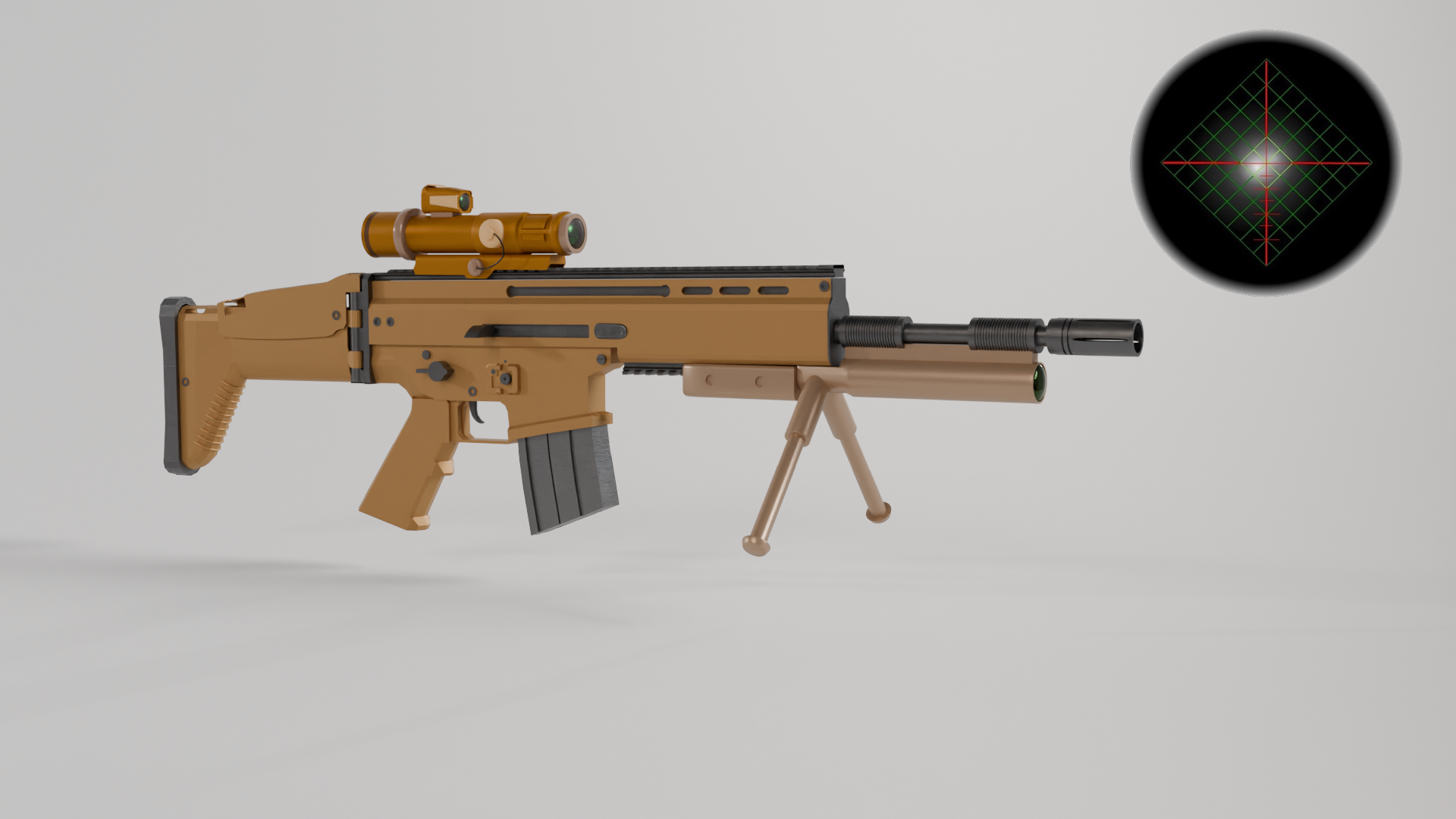
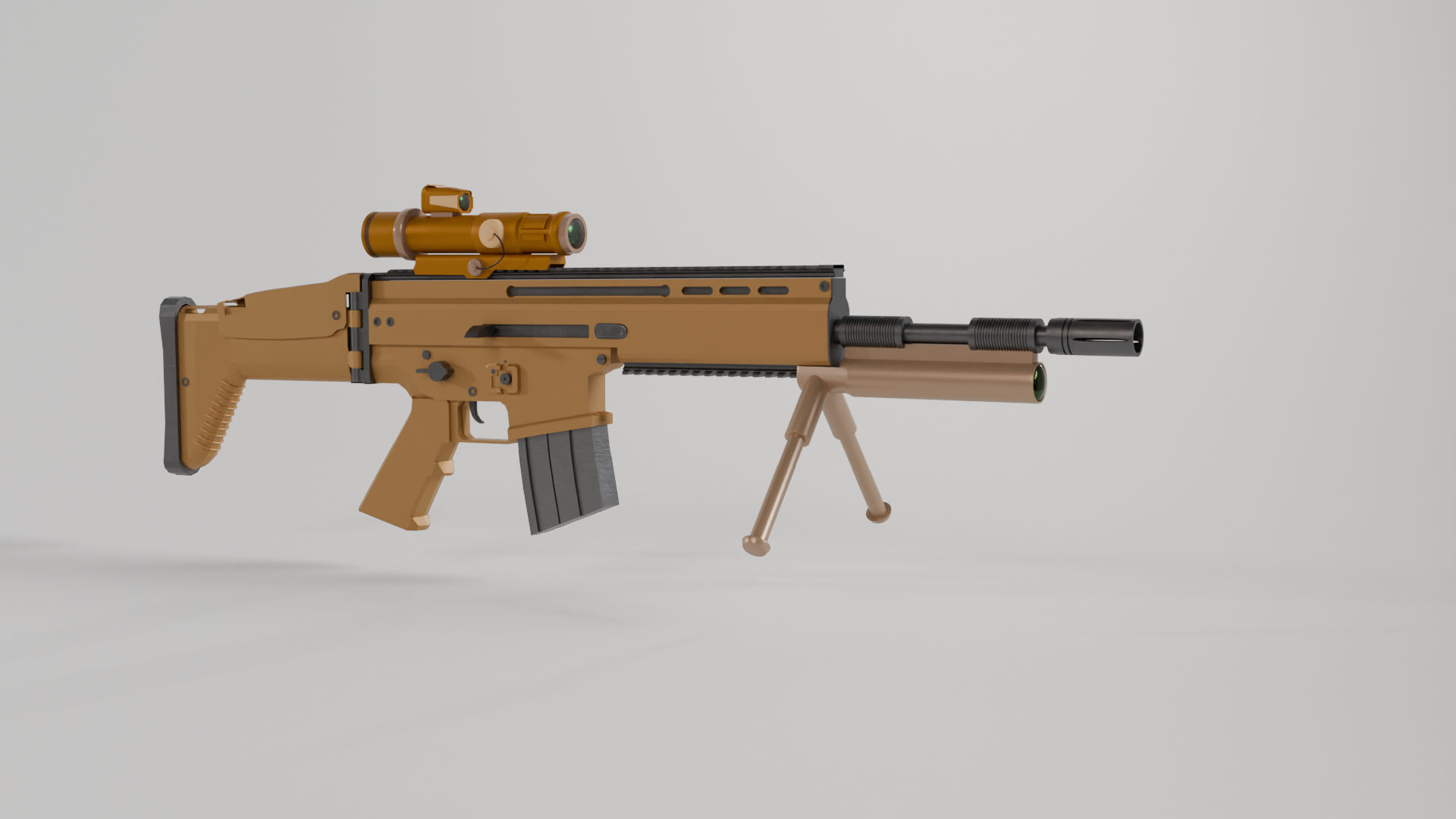
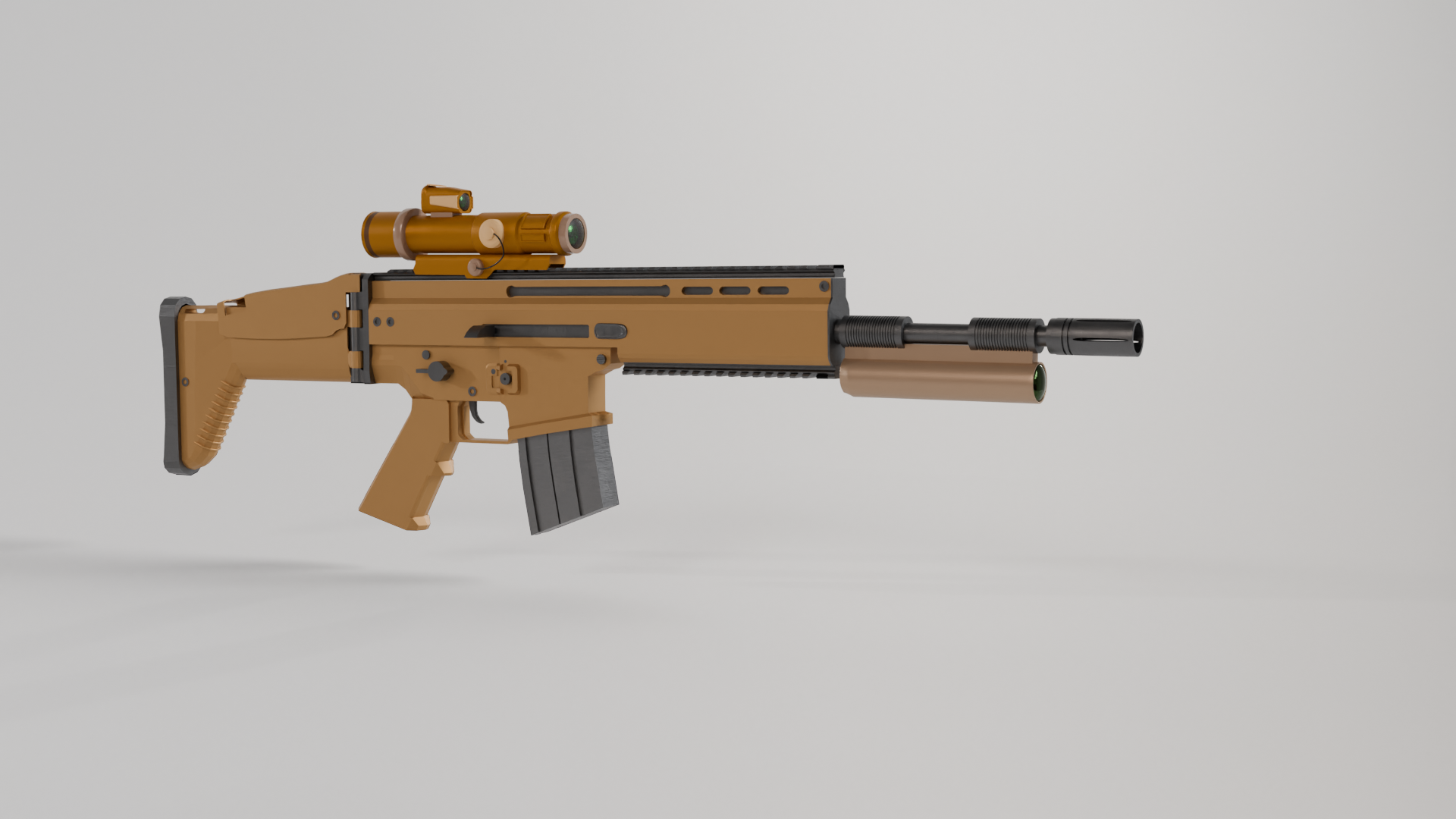
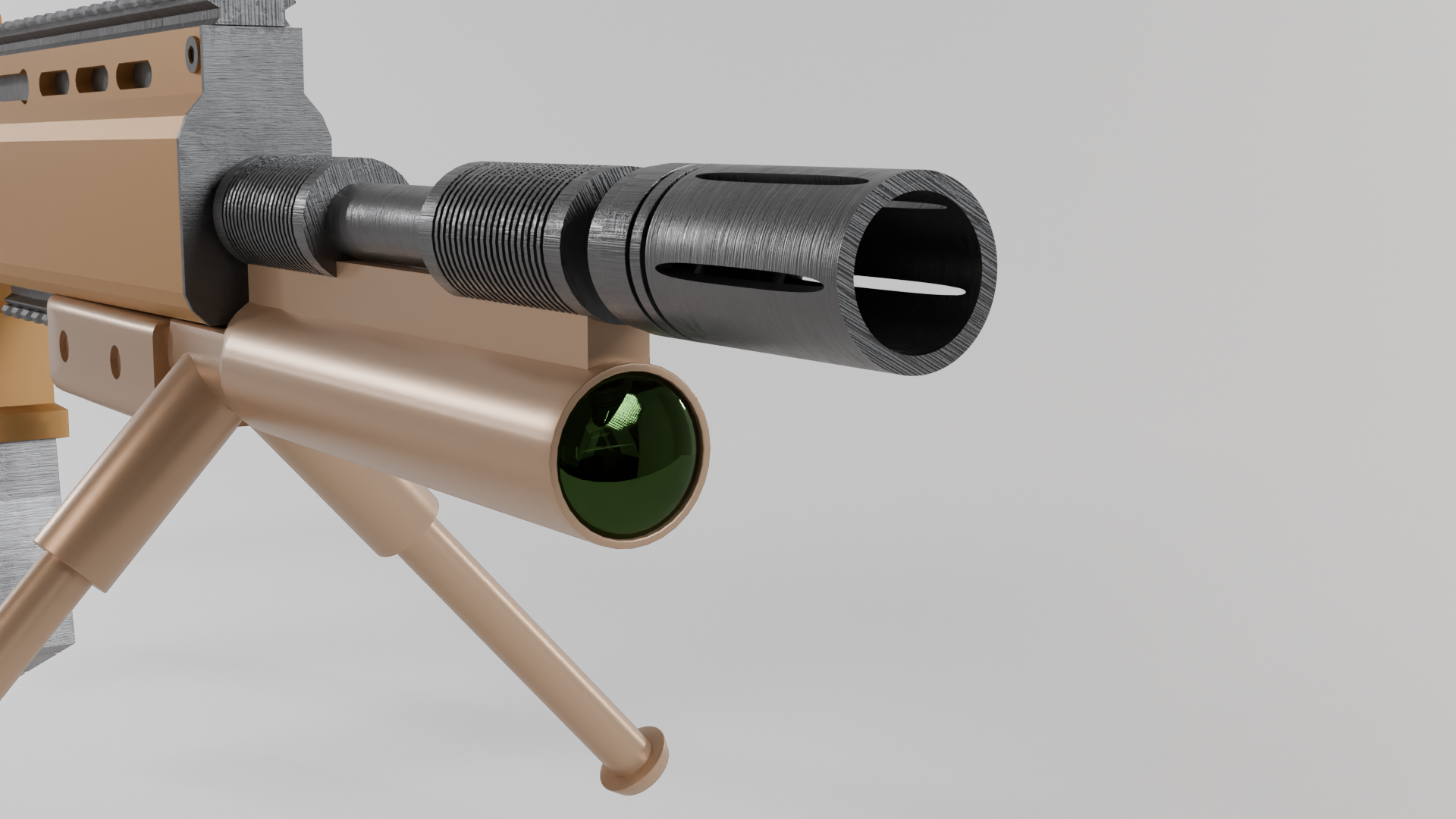
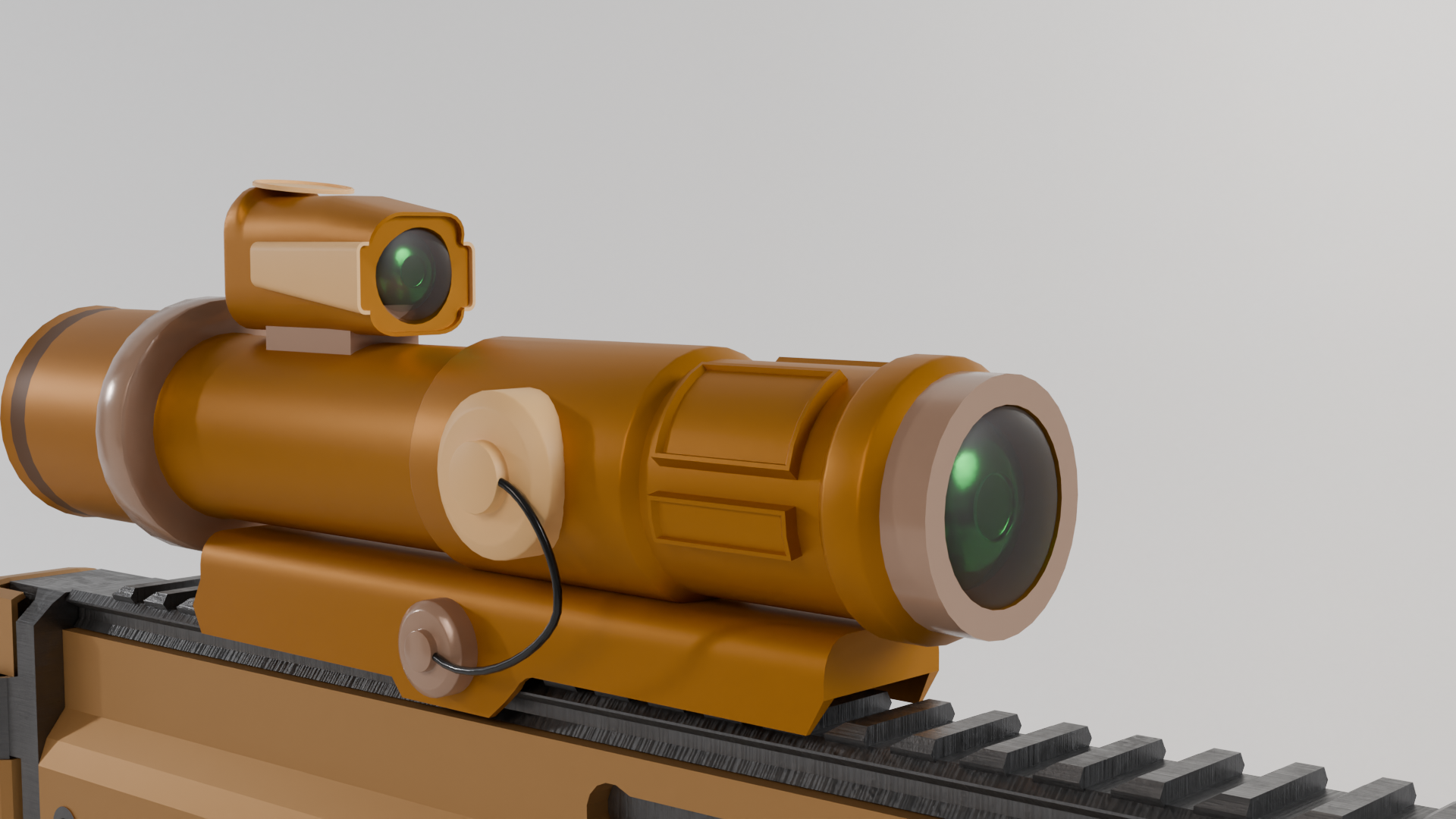
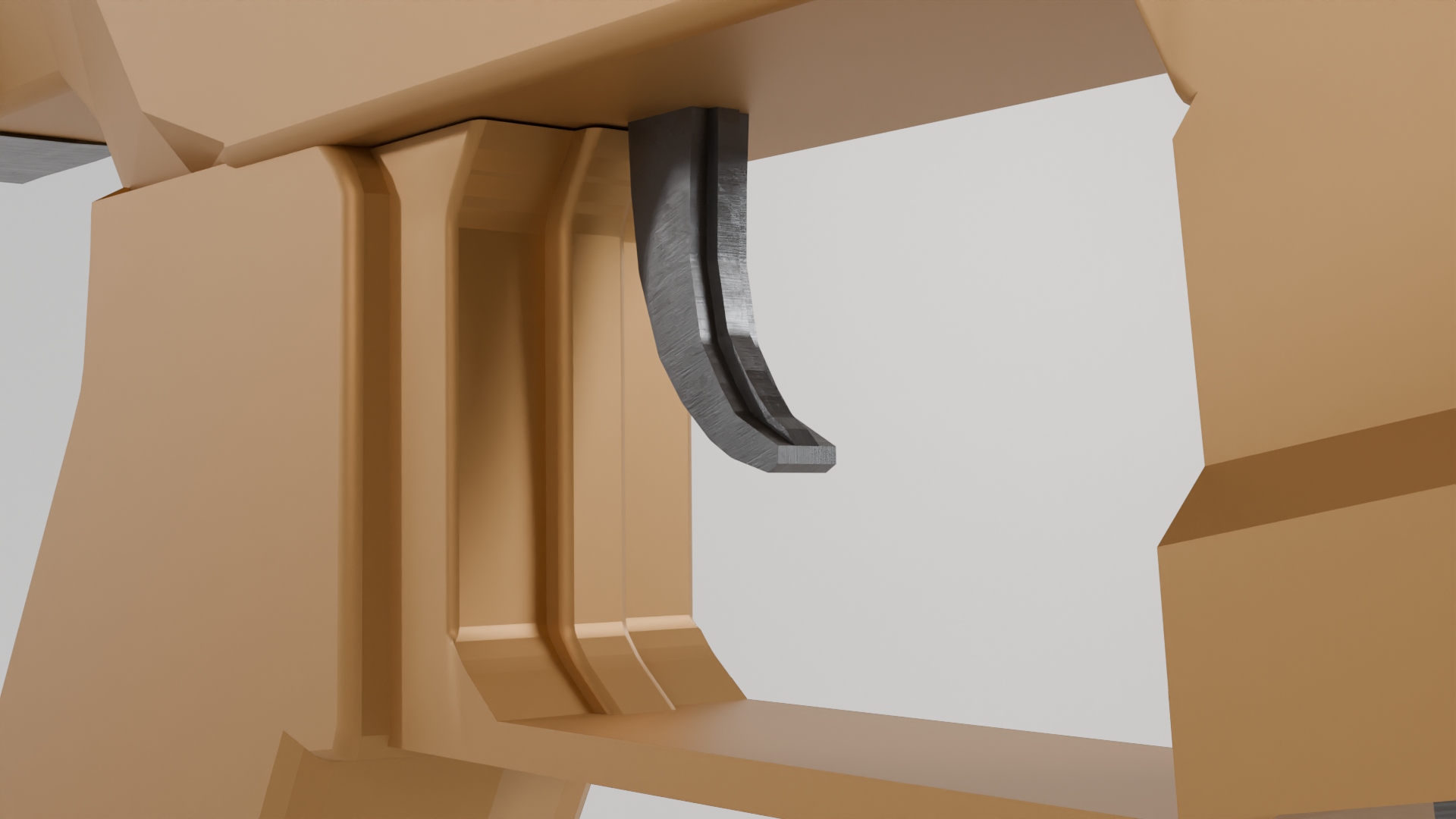
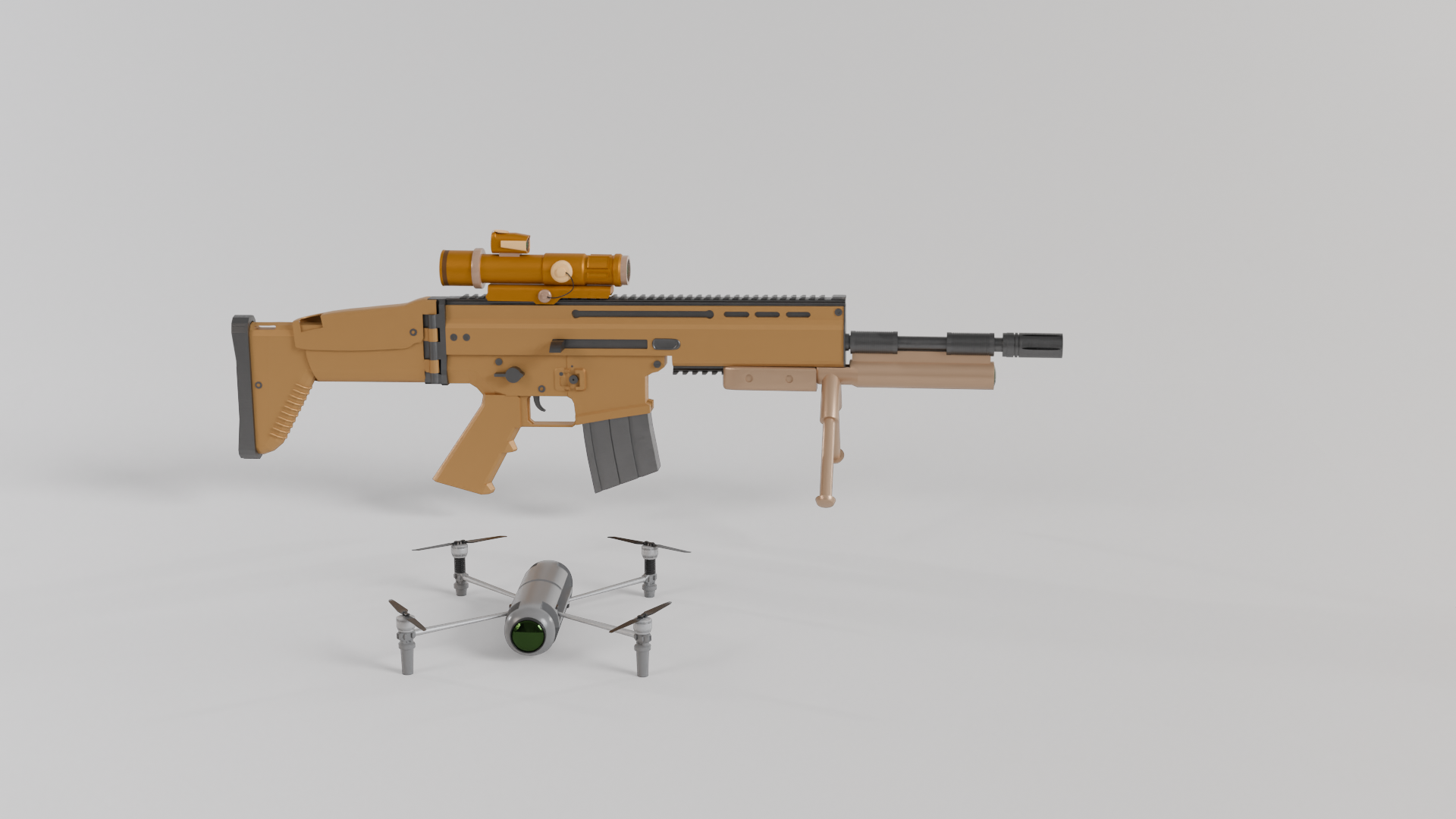
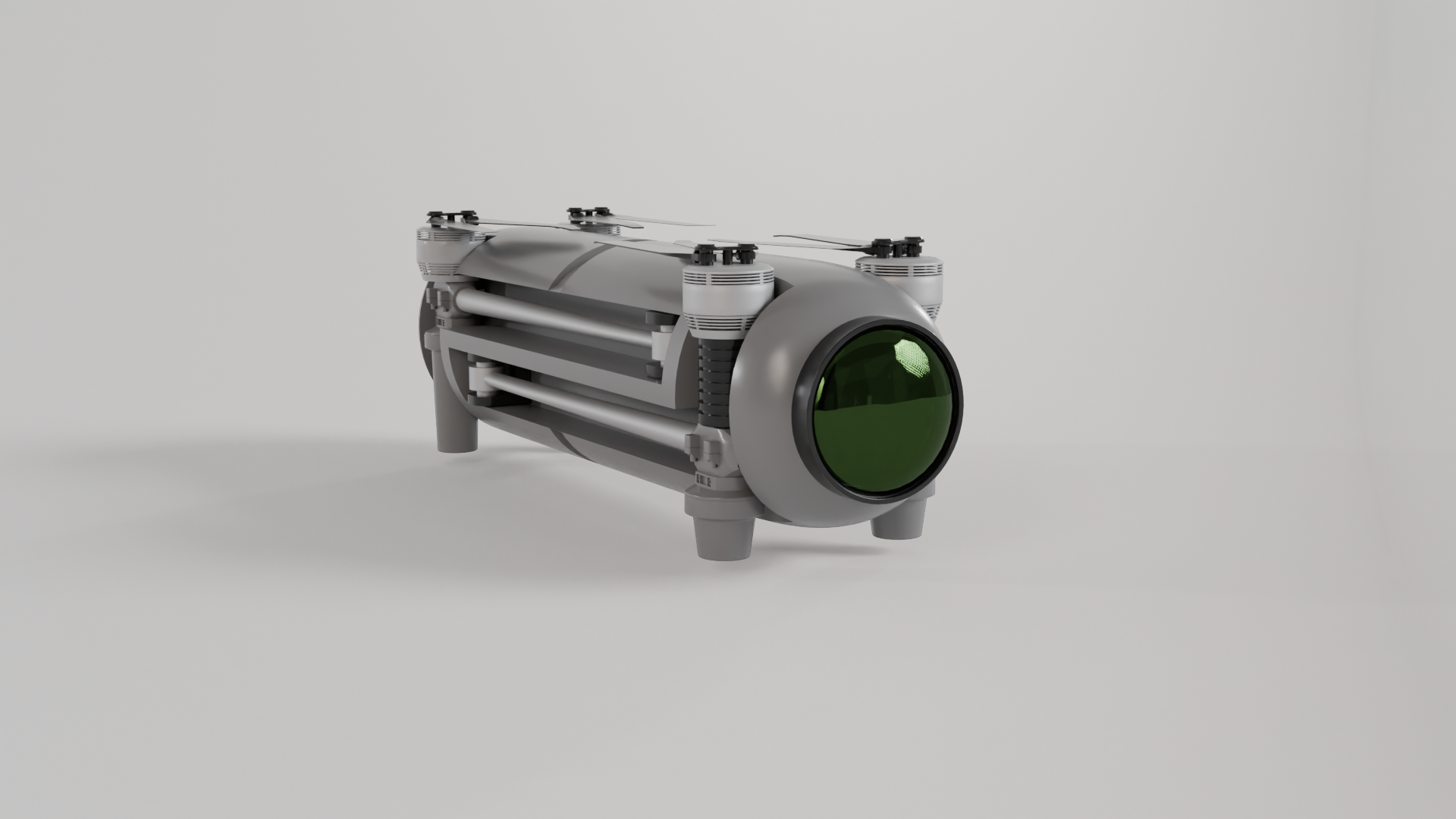
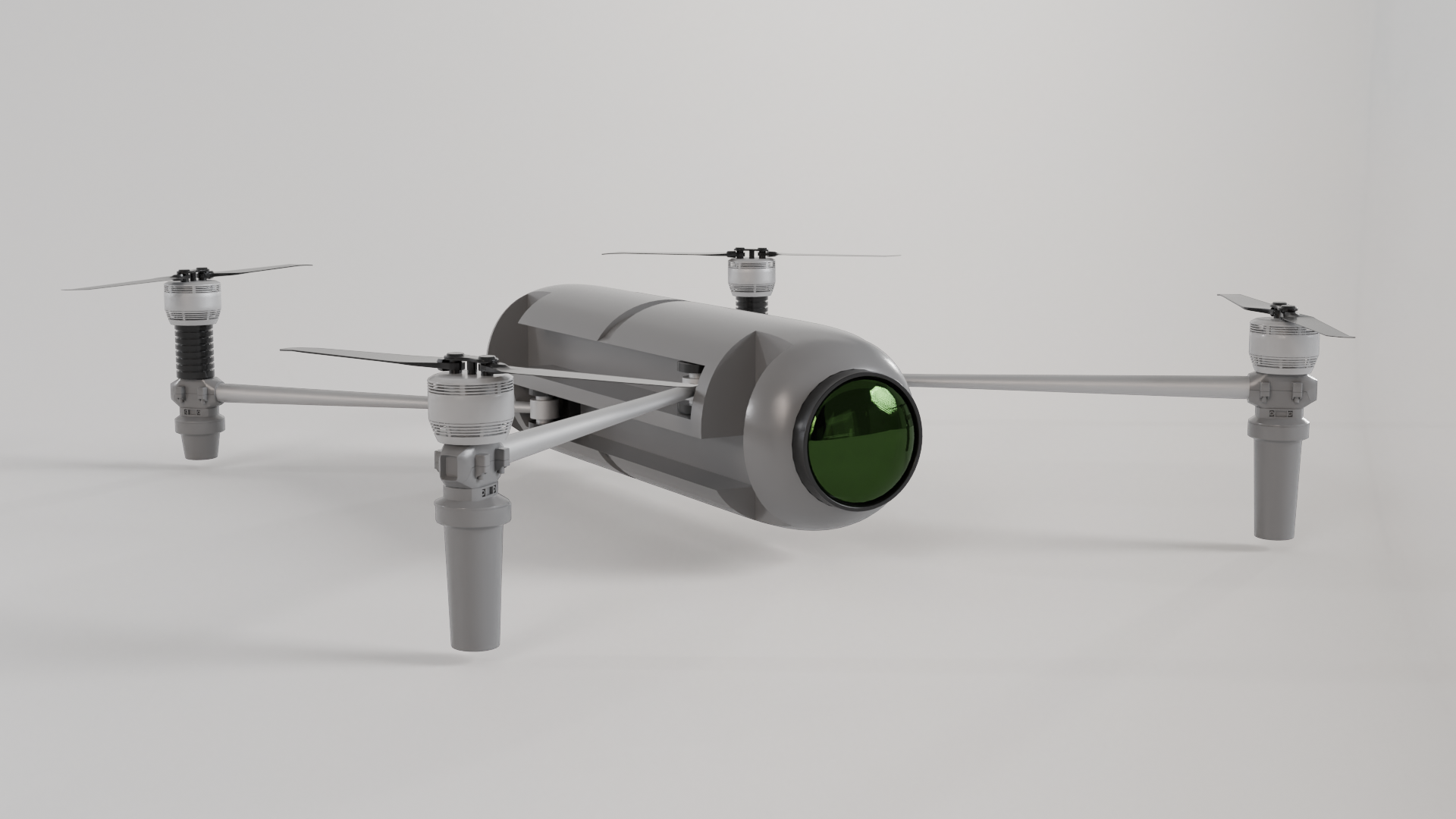
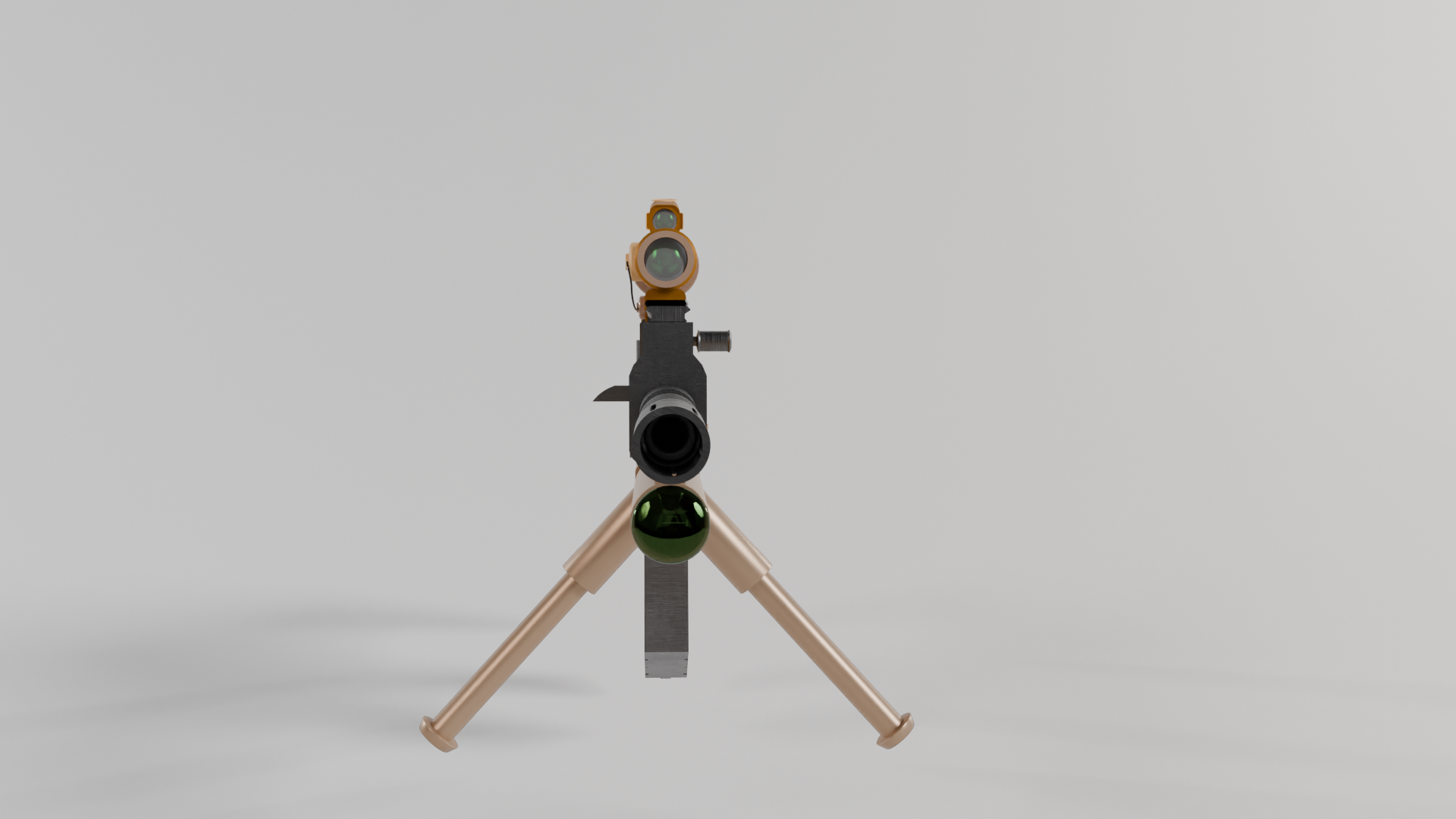
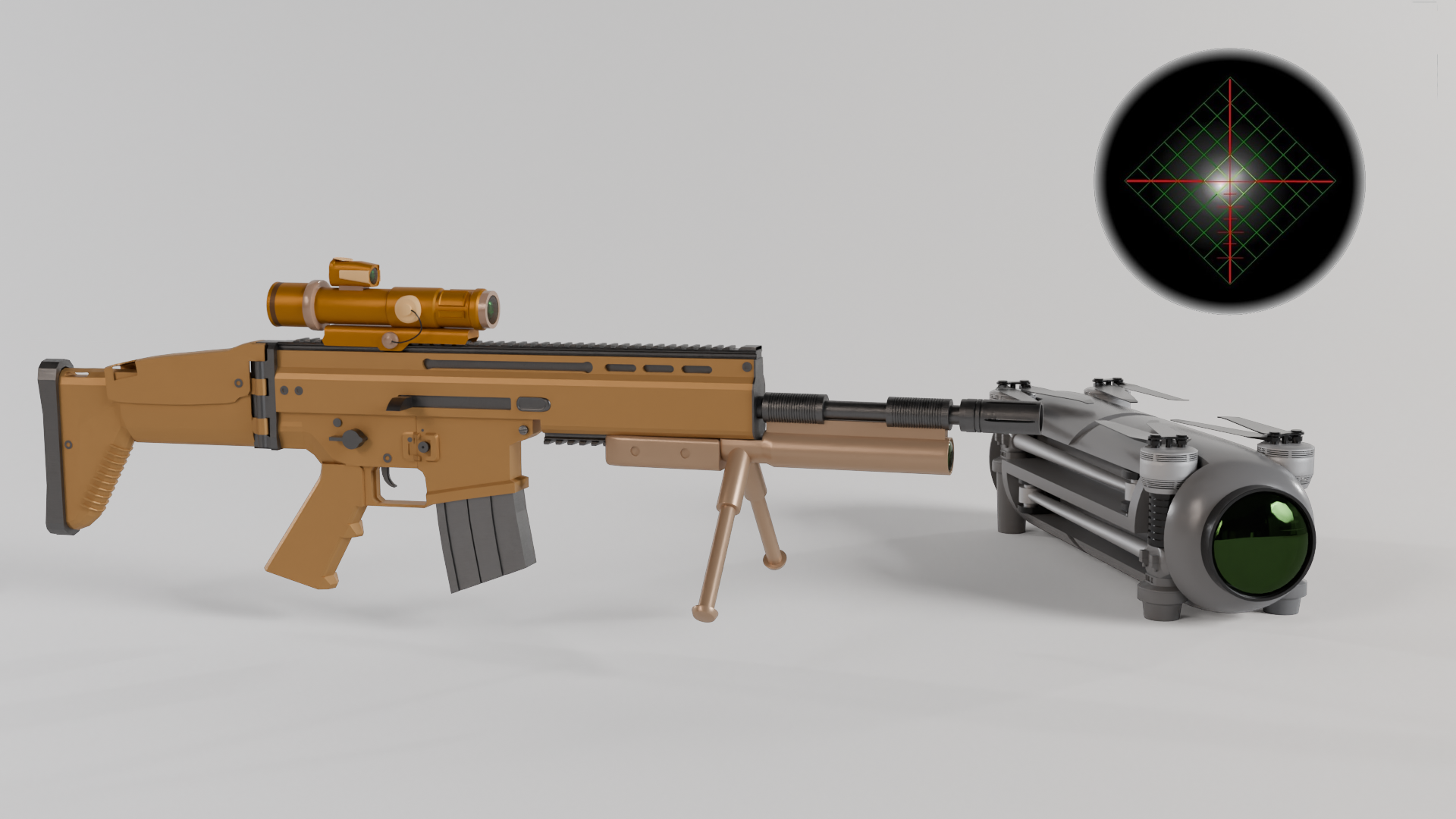




 Shared Successfully!
Shared Successfully!